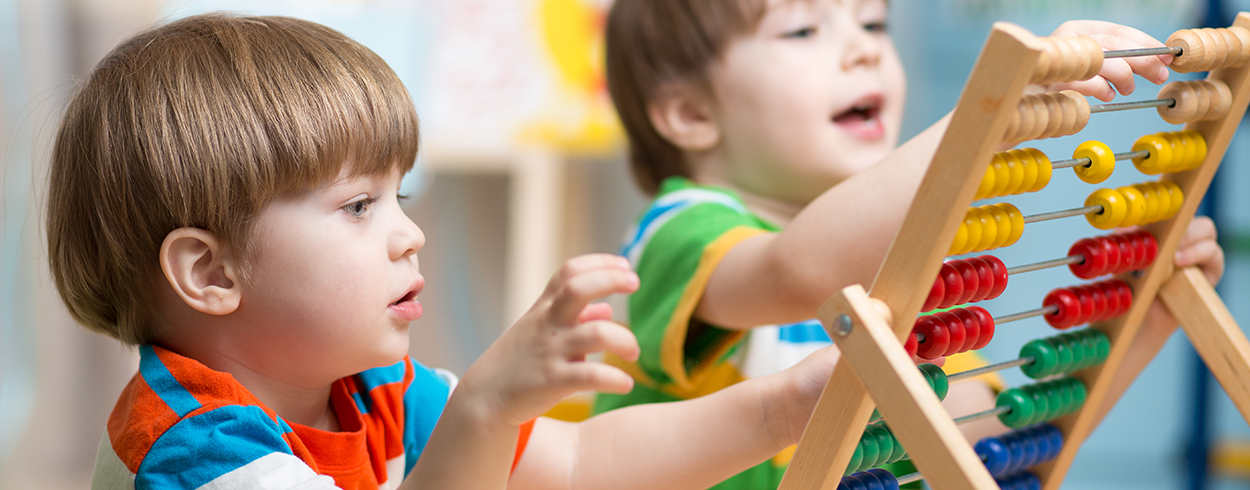Introduction
An observant person sees patterns throughout their day. Thinking about patterns helps children make sense of mathematics. Challenge your child (and yourself) to find patterns as they naturally occur.
Tools and Materials
Regular household items for patterning (silverware and kitchen items, coins, buttons, beads and the like)
Steps to take
Steps detailed below
At Home
If you have 3 minutes
- Look for patterns around your home and throughout routines. Example- setting the table- there is a fork, plate, and napkin; fork, plate, and napkin.
- Look for patterns in clothing-like different colored stripes on a shirt.
- Cut out shapes and make patterns. Start with just 2 or 3 different shapes.
- Make lines or shapes on paper in a pattern, like short line, long line, short line. Ask your child what will come next. When your child has the idea let him/her make a pattern for you to guess.
- Use coins (or other small objects) and create a pattern penny, quarter, penny, quarter. Then create a new pattern: penny, penny, quarter penny, penny, quarter.
On the Go
If you have 3 minutes
- Make walking patterns - when walking take two small steps, 1 big step, then 2 small steps, 1 big step. Stop and ask what will come next. Take turns changing the pattern.
- Collect items outdoors and make a pattern with the items like rock, stick, leaf.
Words to Know
Pattern compare sequence order same different
Possible Observations
Recognizes simple patterns; identifies next item in a simple pattern; takes turns playing pattern games; names shapes and colors in patterns; makes lines on paper
